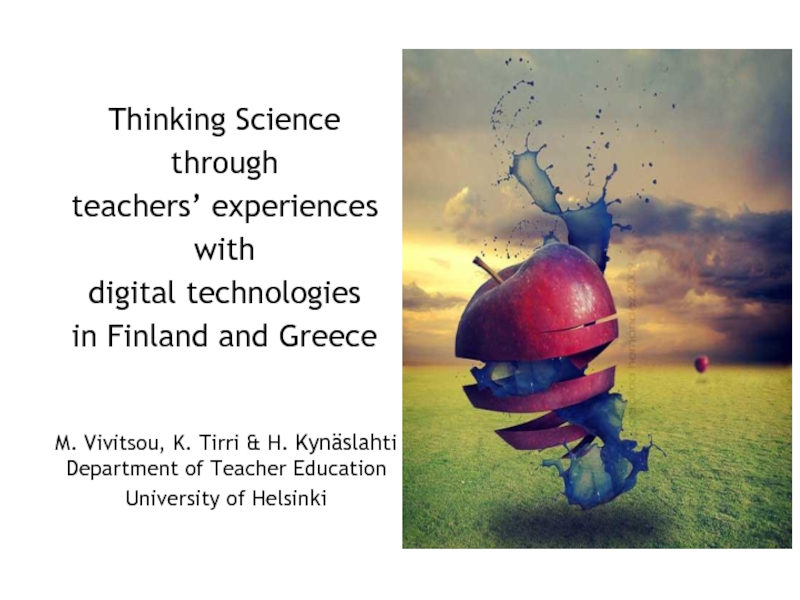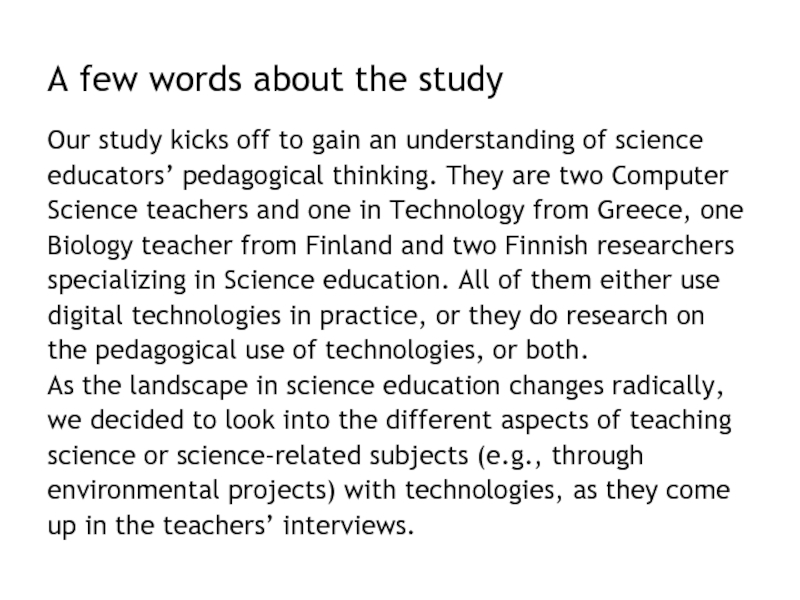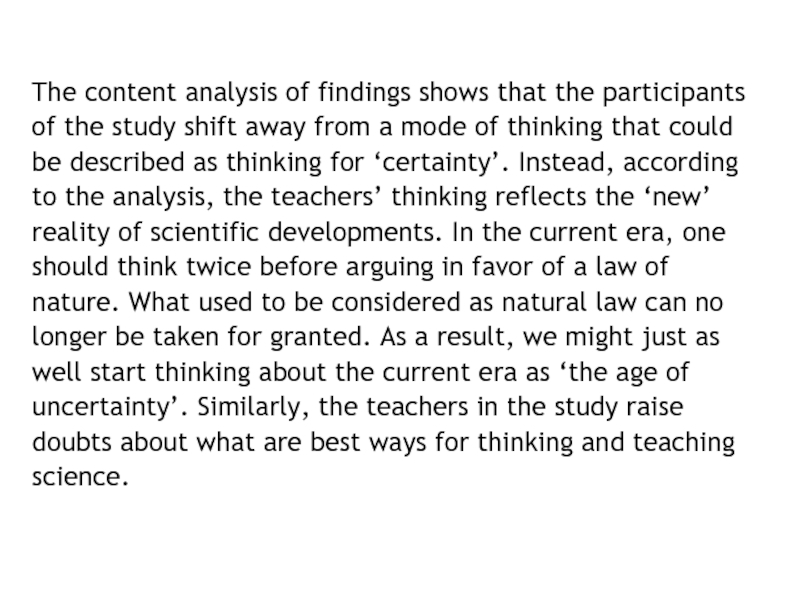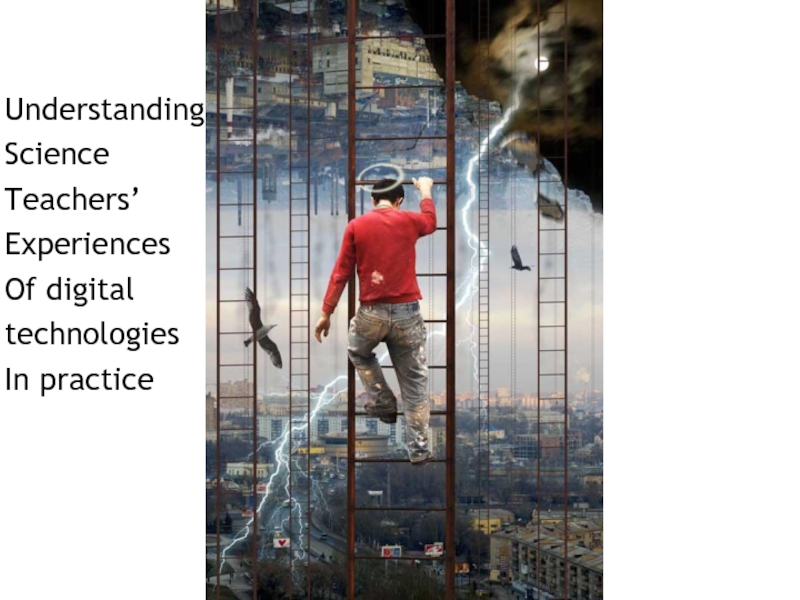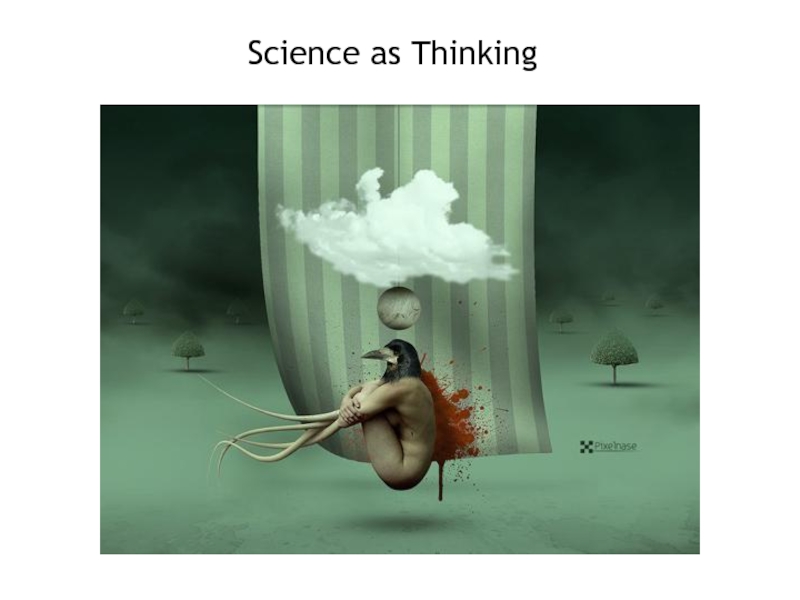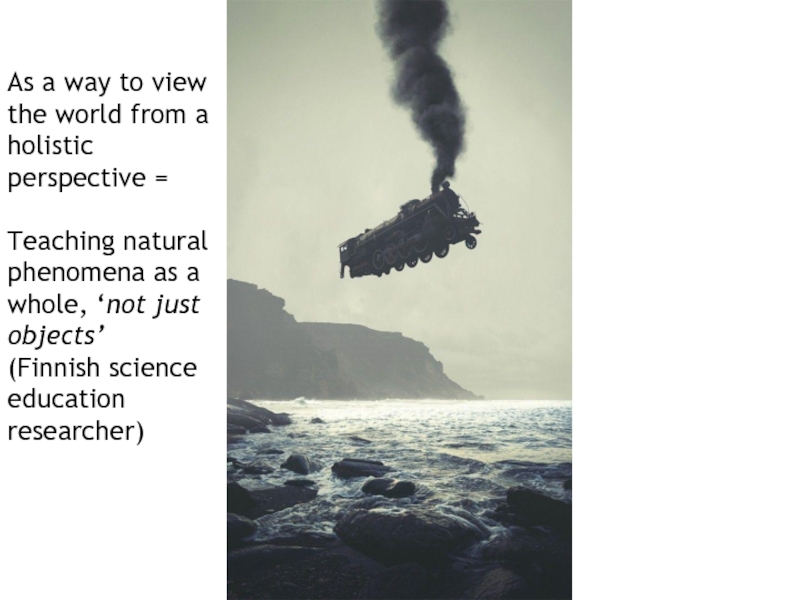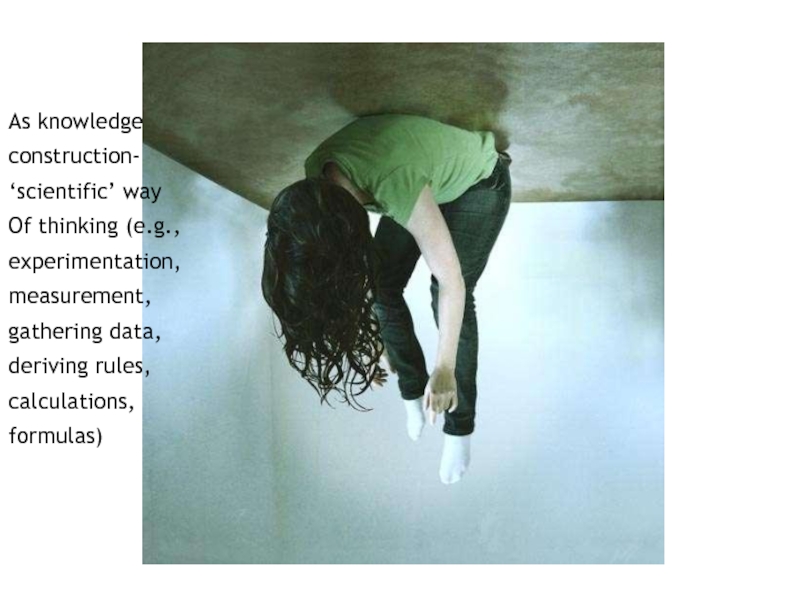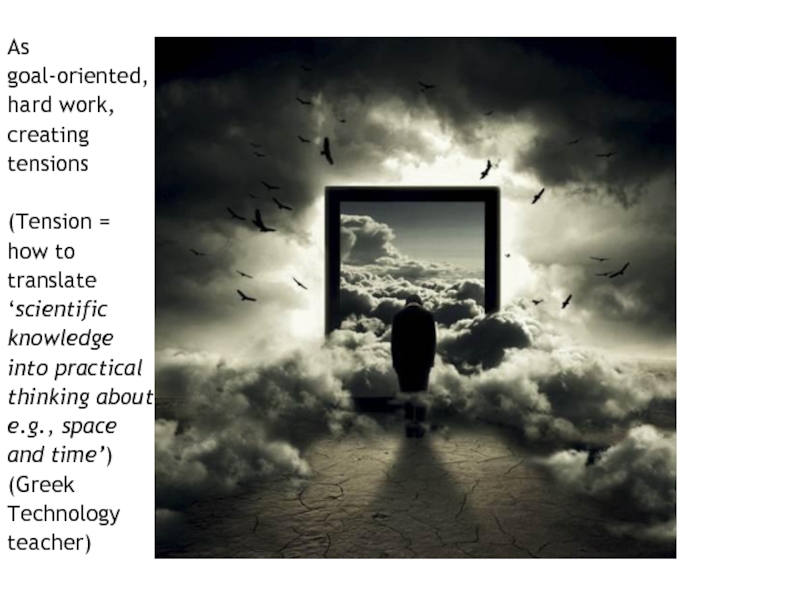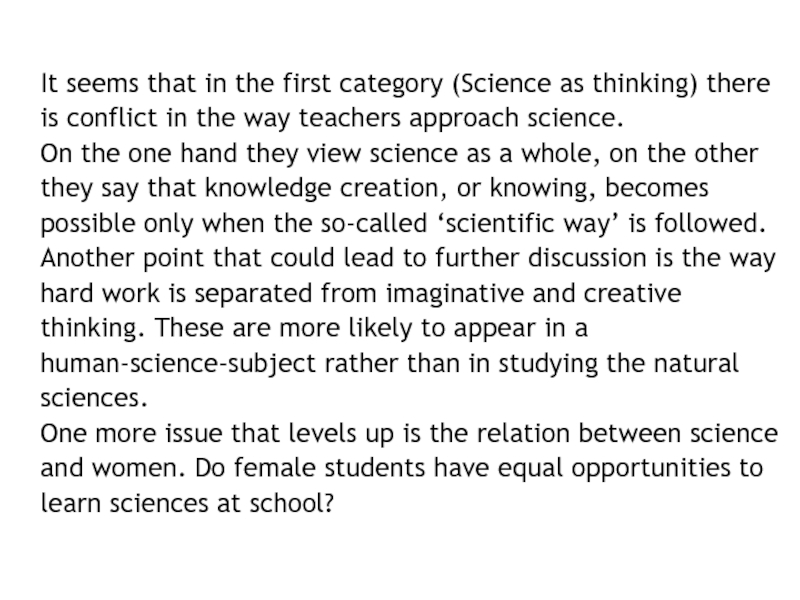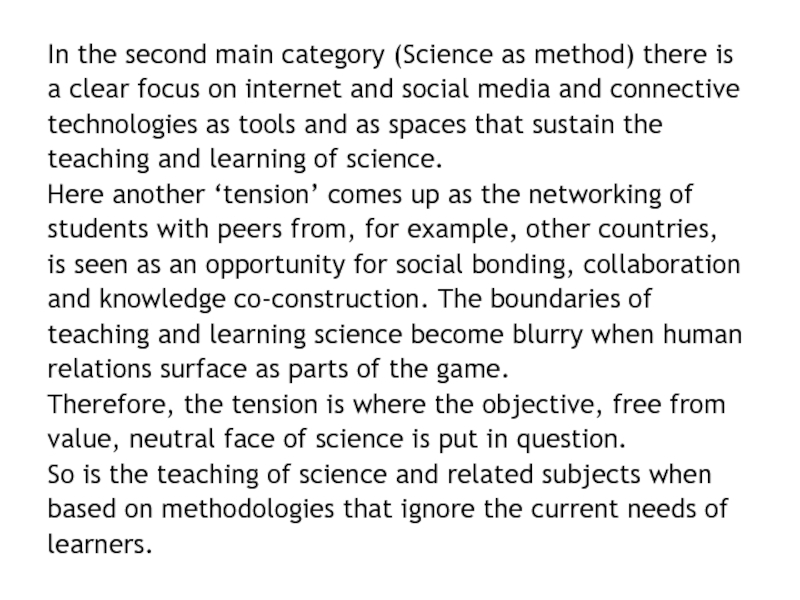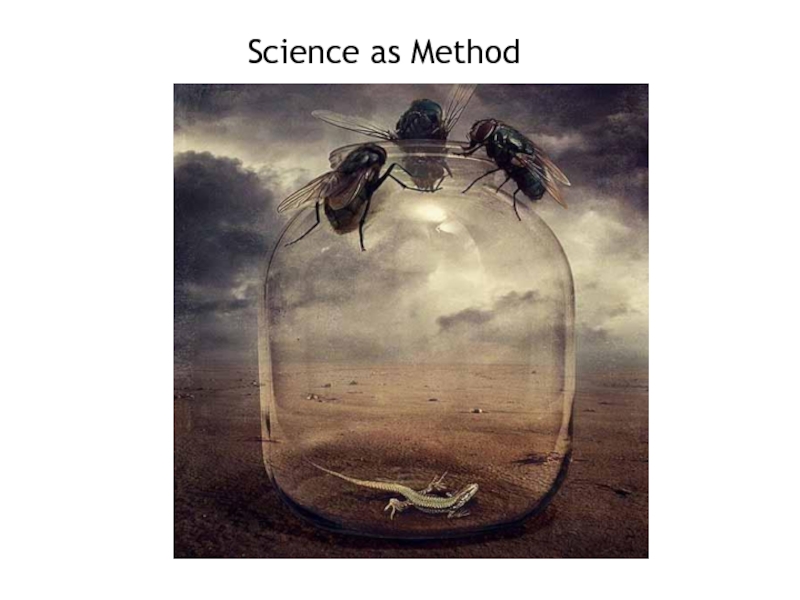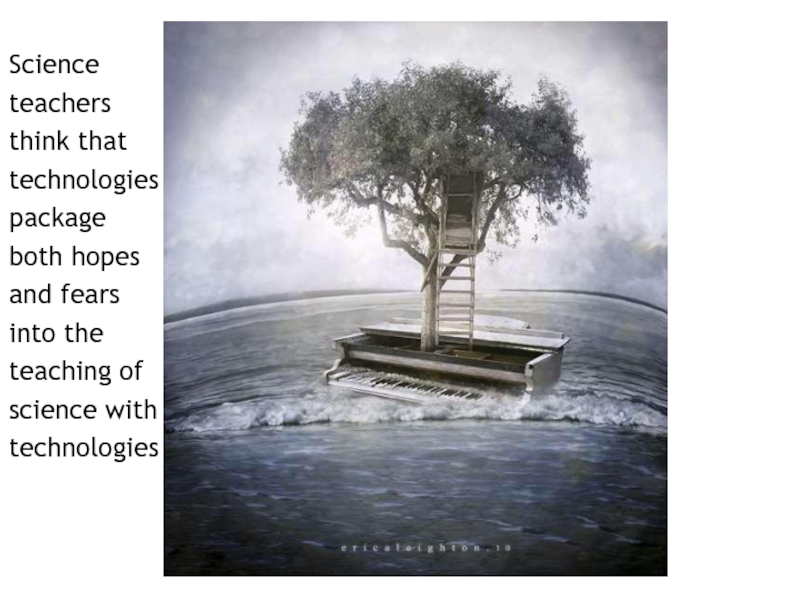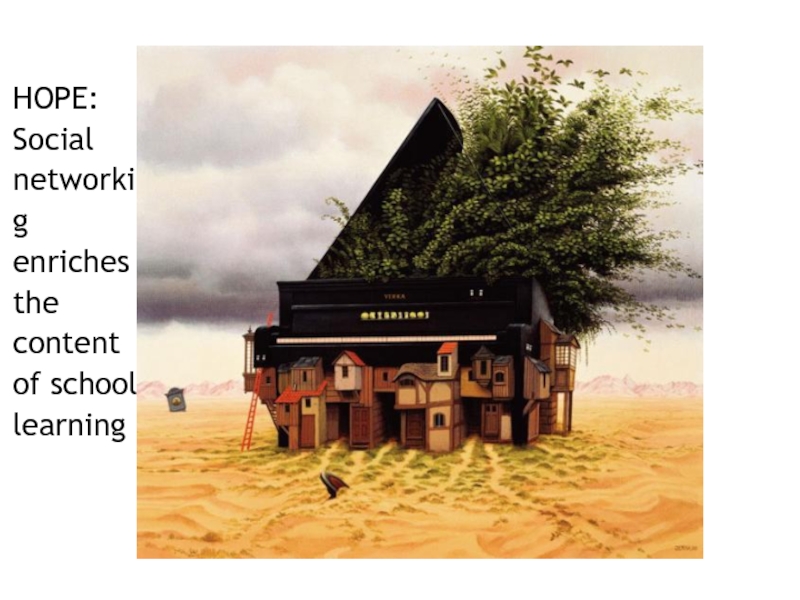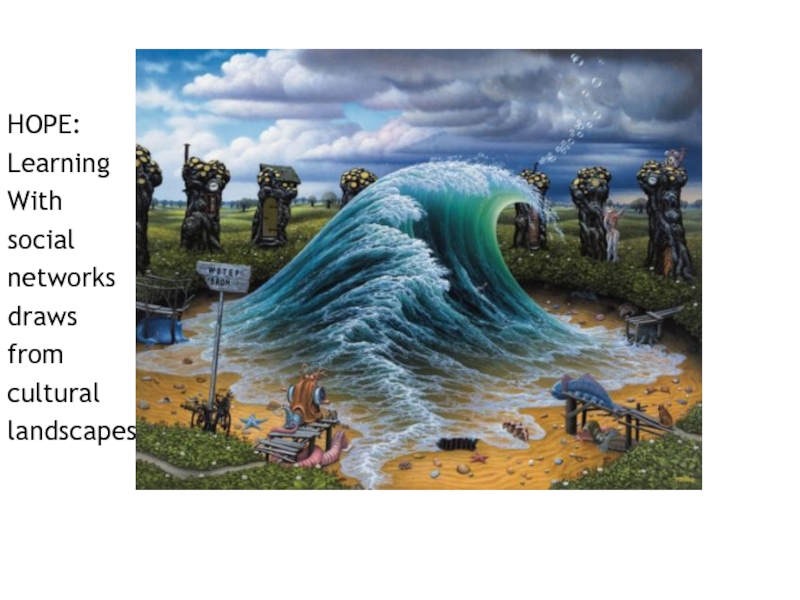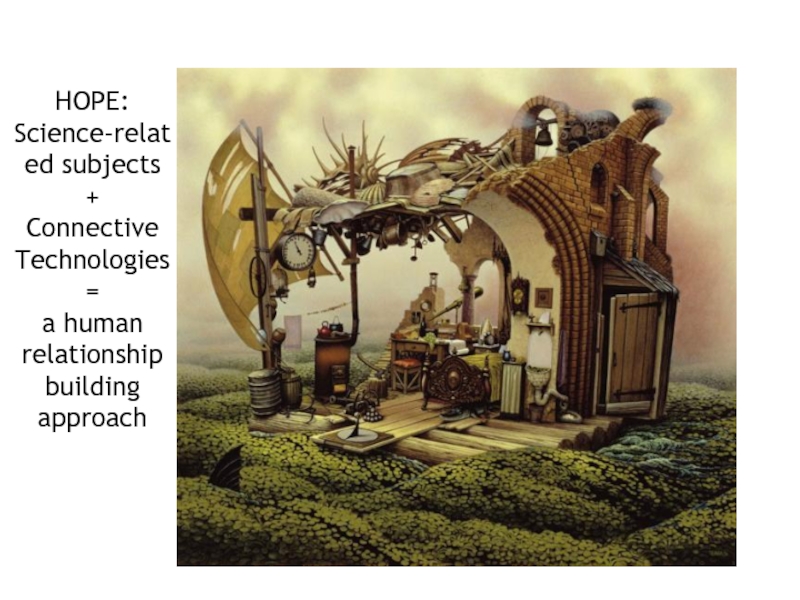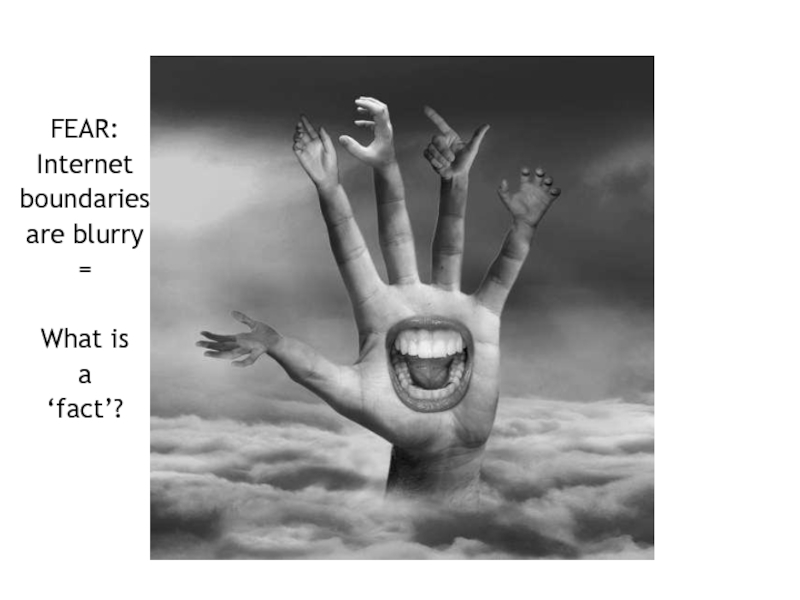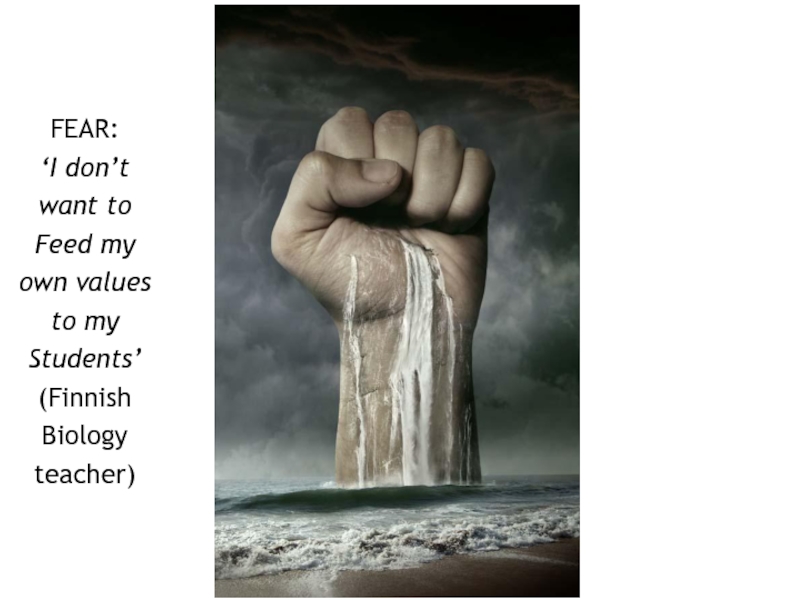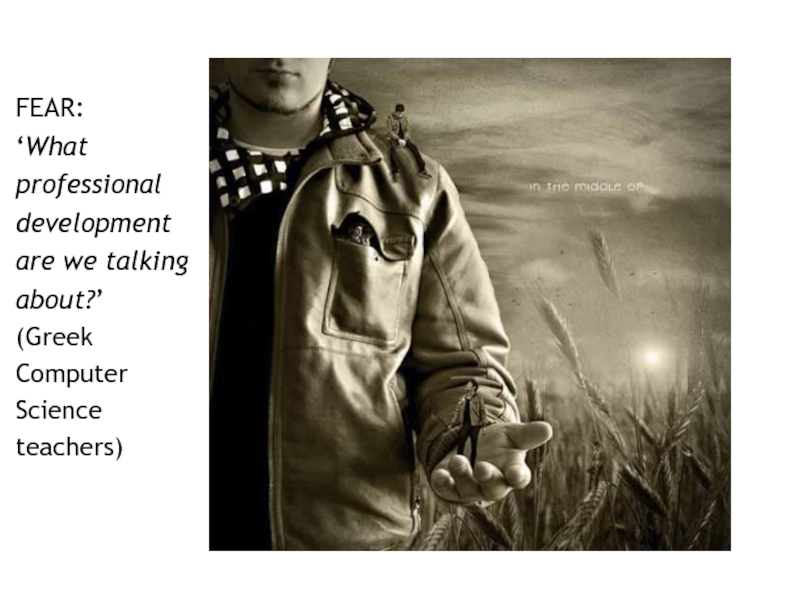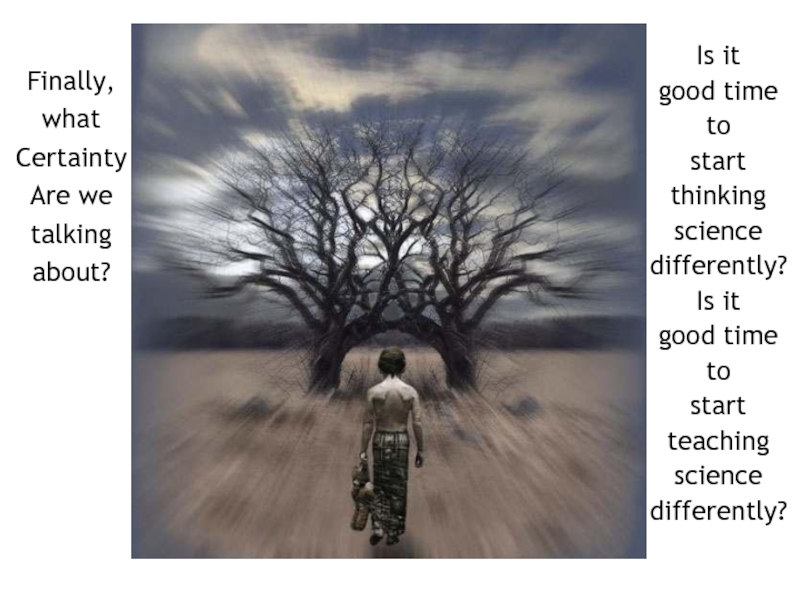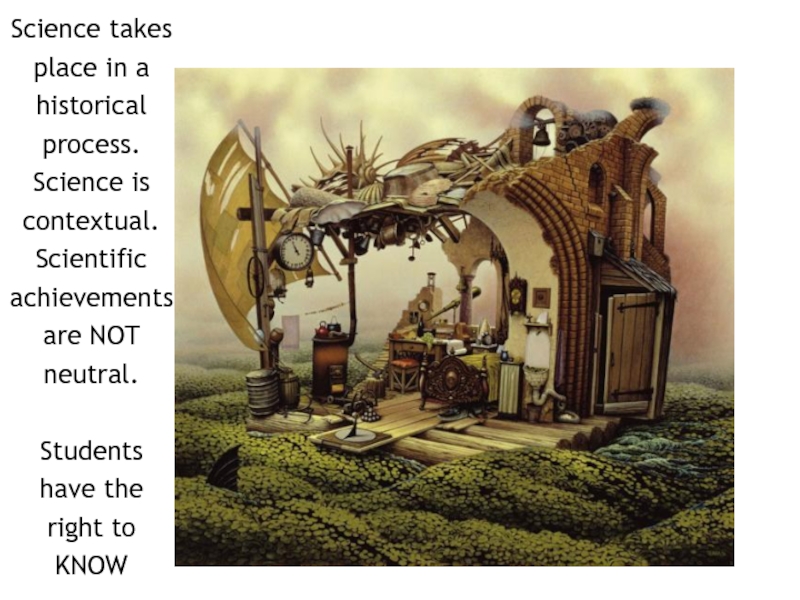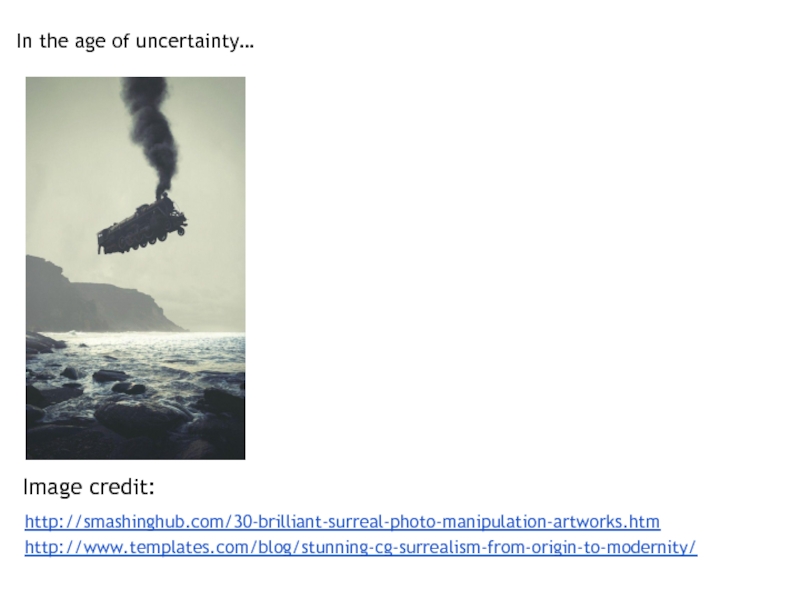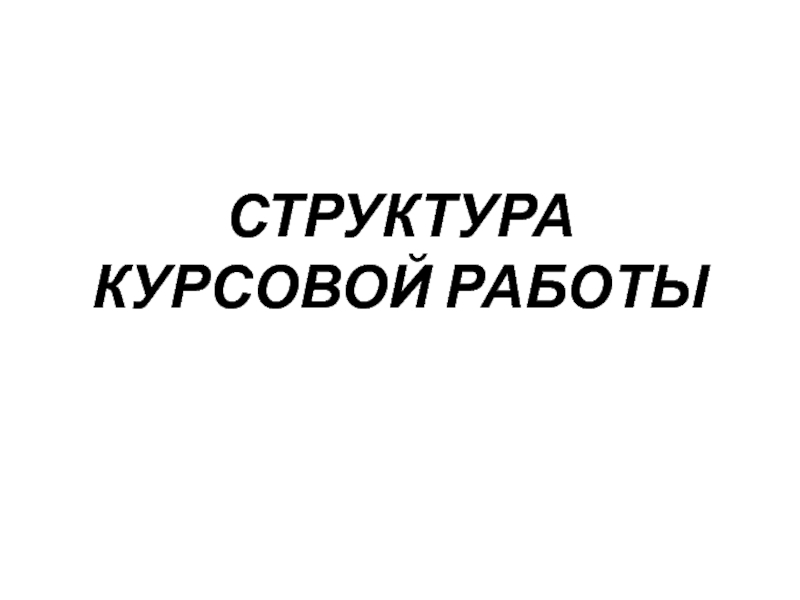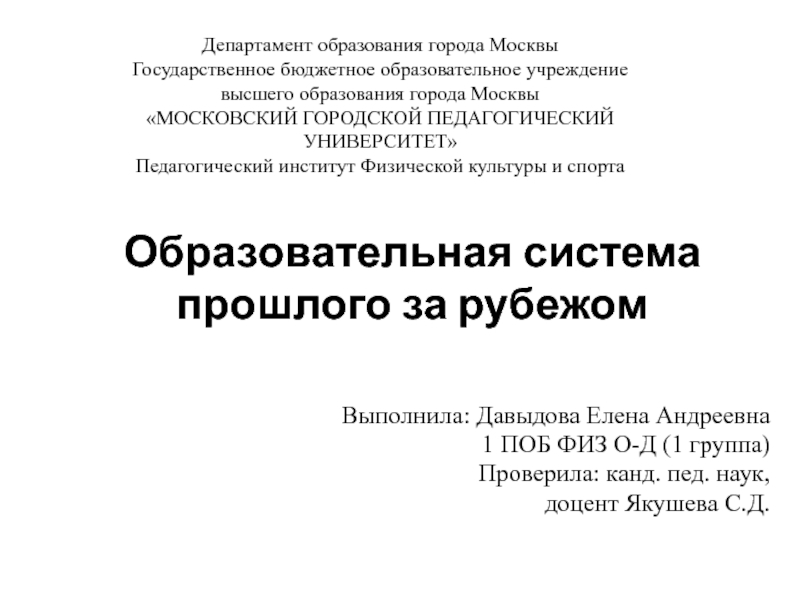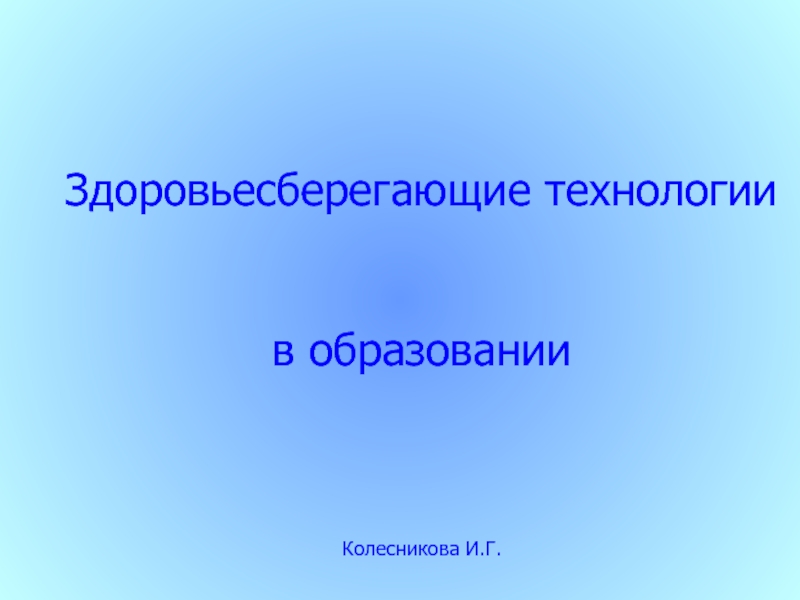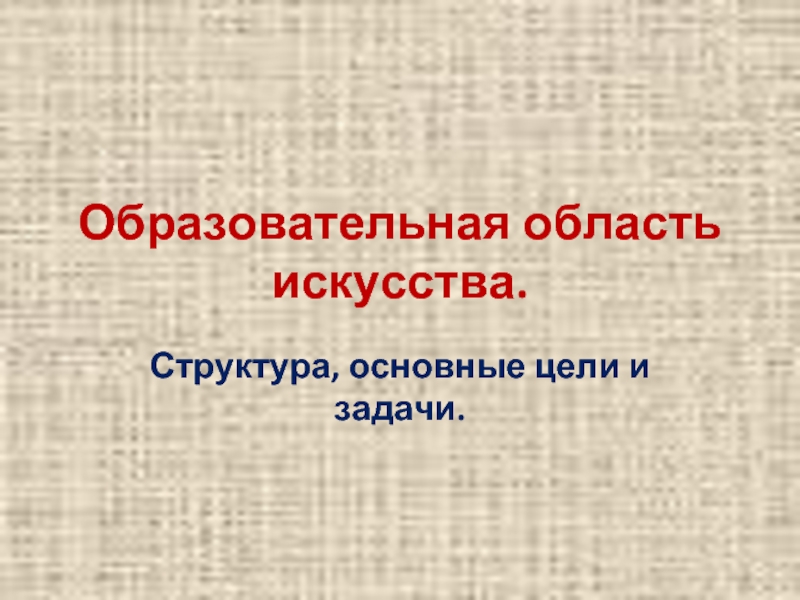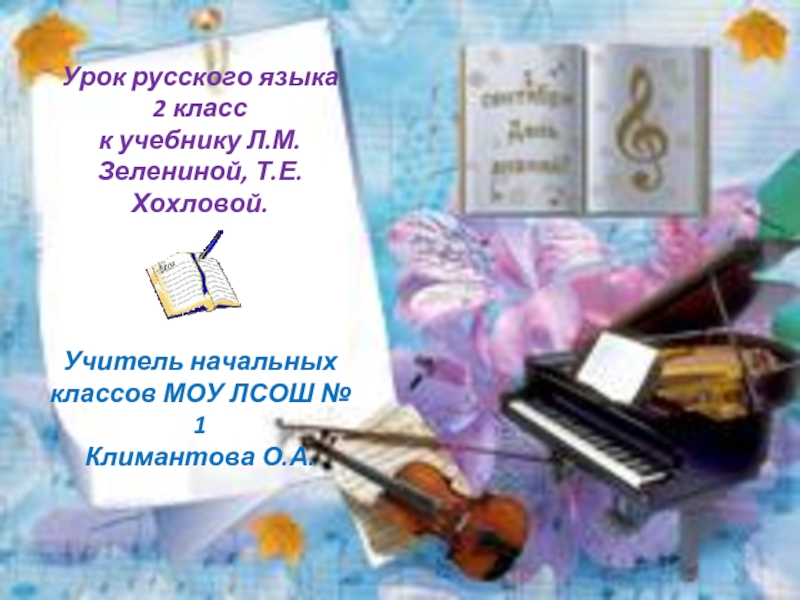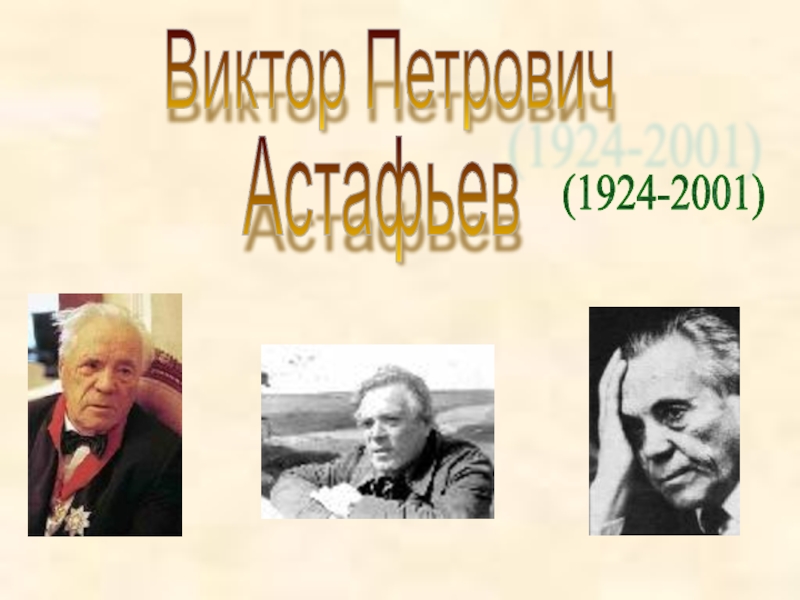Thinking Science
through
teachers’ experiences
with
digital technologies
in Finland and Greece
- Главная
- Разное
- Дизайн
- Бизнес и предпринимательство
- Аналитика
- Образование
- Развлечения
- Красота и здоровье
- Финансы
- Государство
- Путешествия
- Спорт
- Недвижимость
- Армия
- Графика
- Культурология
- Еда и кулинария
- Лингвистика
- Английский язык
- Астрономия
- Алгебра
- Биология
- География
- Детские презентации
- Информатика
- История
- Литература
- Маркетинг
- Математика
- Медицина
- Менеджмент
- Музыка
- МХК
- Немецкий язык
- ОБЖ
- Обществознание
- Окружающий мир
- Педагогика
- Русский язык
- Технология
- Физика
- Философия
- Химия
- Шаблоны, картинки для презентаций
- Экология
- Экономика
- Юриспруденция
Thinking Science through teachers’ experiences with digital technologiesin Finland and Greece презентация
Содержание
- 1. Thinking Science through teachers’ experiences with digital technologiesin Finland and Greece
- 2. A few words about the study Our
- 3. The content analysis of findings shows that
- 4. The images selected for this presentation represent
- 5. Understanding Science Teachers’ Experiences Of digital technologies In practice
- 6. Science as Thinking
- 7. As a way to view the world
- 8. As knowledge construction- ‘scientific’ way Of
- 9. As goal-oriented, hard work, creating tensions
- 10. Science is every where; but
- 11. It seems that in the first category
- 12. In the second main category (Science as
- 13. Science as Method
- 14. Science teachers think that technologies package
- 15. HOPE: Social networking enriches the content of school learning
- 16. HOPE: Learning With social networks draws from cultural landscapes
- 17. HOPE: Science-related subjects + Connective Technologies = a human relationship building approach
- 18. FEAR: Internet boundaries are blurry = What is a ‘fact’?
- 19. FEAR: ‘I don’t want to Feed
- 20. FEAR: ‘What professional development are we talking about?’ (Greek Computer Science teachers)
- 21. Finally, what Certainty Are we talking about?
- 22. Science takes place in a historical process.
- 23. http://smashinghub.com/30-brilliant-surreal-photo-manipulation-artworks.htm http://www.templates.com/blog/stunning-cg-surrealism-from-origin-to-modernity/ Image credit: In the age of uncertainty…
Слайд 1M. Vivitsou, K. Tirri & H. Kynäslahti
Department of Teacher Education
University
of Helsinki
Слайд 2A few words about the study
Our study kicks off to gain
an understanding of science educators’ pedagogical thinking. They are two Computer Science teachers and one in Technology from Greece, one Biology teacher from Finland and two Finnish researchers specializing in Science education. All of them either use digital technologies in practice, or they do research on the pedagogical use of technologies, or both.
As the landscape in science education changes radically, we decided to look into the different aspects of teaching science or science-related subjects (e.g., through environmental projects) with technologies, as they come up in the teachers’ interviews.
As the landscape in science education changes radically, we decided to look into the different aspects of teaching science or science-related subjects (e.g., through environmental projects) with technologies, as they come up in the teachers’ interviews.
Слайд 3The content analysis of findings shows that the participants of the
study shift away from a mode of thinking that could be described as thinking for ‘certainty’. Instead, according to the analysis, the teachers’ thinking reflects the ‘new’ reality of scientific developments. In the current era, one should think twice before arguing in favor of a law of nature. What used to be considered as natural law can no longer be taken for granted. As a result, we might just as well start thinking about the current era as ‘the age of uncertainty’. Similarly, the teachers in the study raise doubts about what are best ways for thinking and teaching science.
Слайд 4The images selected for this presentation represent exactly this notion, that
in teaching science established practices can no longer be taken for granted.
The curriculum cannot just keep on giving suggestions for the teaching of scientific subjects as isolated phenomena; instead, we should start thinking about flexible, blended, dynamic curricula.
Reading books is not enough and cannot substitute lab work. Learning science is better learning when students are connected with peers.
Learning science is better when learning together.
Learning science is better learning when is embodied and occurring outdoors.
The curriculum cannot just keep on giving suggestions for the teaching of scientific subjects as isolated phenomena; instead, we should start thinking about flexible, blended, dynamic curricula.
Reading books is not enough and cannot substitute lab work. Learning science is better learning when students are connected with peers.
Learning science is better when learning together.
Learning science is better learning when is embodied and occurring outdoors.
Слайд 7As a way to view the world from a holistic perspective
=
Teaching natural phenomena as a whole, ‘not just objects’
(Finnish science education researcher)
Teaching natural phenomena as a whole, ‘not just objects’
(Finnish science education researcher)
Слайд 8As knowledge construction-
‘scientific’ way
Of thinking (e.g., experimentation, measurement, gathering data,
deriving rules, calculations, formulas)
Слайд 9As goal-oriented,
hard work, creating tensions
(Tension = how to translate
‘scientific knowledge into practical thinking about e.g., space and time’)
(Greek Technology teacher)
(Greek Technology teacher)
Слайд 11It seems that in the first category (Science as thinking) there
is conflict in the way teachers approach science.
On the one hand they view science as a whole, on the other they say that knowledge creation, or knowing, becomes possible only when the so-called ‘scientific way’ is followed.
Another point that could lead to further discussion is the way hard work is separated from imaginative and creative thinking. These are more likely to appear in a human-science-subject rather than in studying the natural sciences.
One more issue that levels up is the relation between science and women. Do female students have equal opportunities to learn sciences at school?
On the one hand they view science as a whole, on the other they say that knowledge creation, or knowing, becomes possible only when the so-called ‘scientific way’ is followed.
Another point that could lead to further discussion is the way hard work is separated from imaginative and creative thinking. These are more likely to appear in a human-science-subject rather than in studying the natural sciences.
One more issue that levels up is the relation between science and women. Do female students have equal opportunities to learn sciences at school?
Слайд 12In the second main category (Science as method) there is a
clear focus on internet and social media and connective technologies as tools and as spaces that sustain the teaching and learning of science.
Here another ‘tension’ comes up as the networking of students with peers from, for example, other countries, is seen as an opportunity for social bonding, collaboration and knowledge co-construction. The boundaries of teaching and learning science become blurry when human relations surface as parts of the game.
Therefore, the tension is where the objective, free from value, neutral face of science is put in question.
So is the teaching of science and related subjects when based on methodologies that ignore the current needs of learners.
Here another ‘tension’ comes up as the networking of students with peers from, for example, other countries, is seen as an opportunity for social bonding, collaboration and knowledge co-construction. The boundaries of teaching and learning science become blurry when human relations surface as parts of the game.
Therefore, the tension is where the objective, free from value, neutral face of science is put in question.
So is the teaching of science and related subjects when based on methodologies that ignore the current needs of learners.
Слайд 14Science teachers think that technologies package
both hopes and fears into
the teaching of science with technologies
Слайд 17HOPE:
Science-related subjects
+
Connective
Technologies =
a human relationship building approach
Слайд 20FEAR:
‘What professional development are we talking about?’
(Greek Computer Science teachers)
Слайд 21Finally, what Certainty
Are we talking about?
Is it
good time to
start
thinking
science differently? Is it
good time to
start teaching science differently?
science differently? Is it
good time to
start teaching science differently?
Слайд 22Science takes place in a historical process.
Science is contextual. Scientific
achievements are NOT neutral.
Students have the right to KNOW
Students have the right to KNOW
